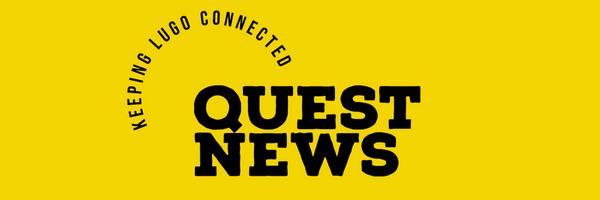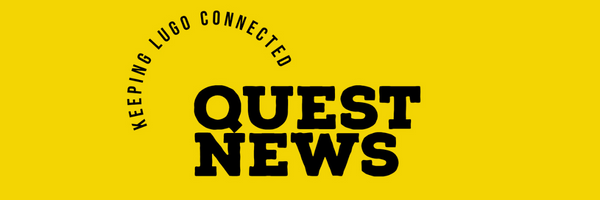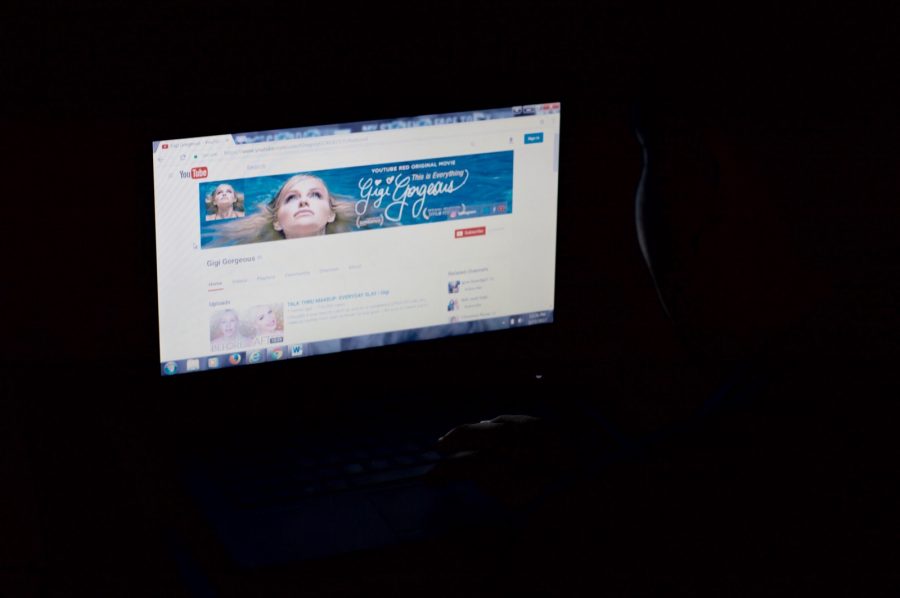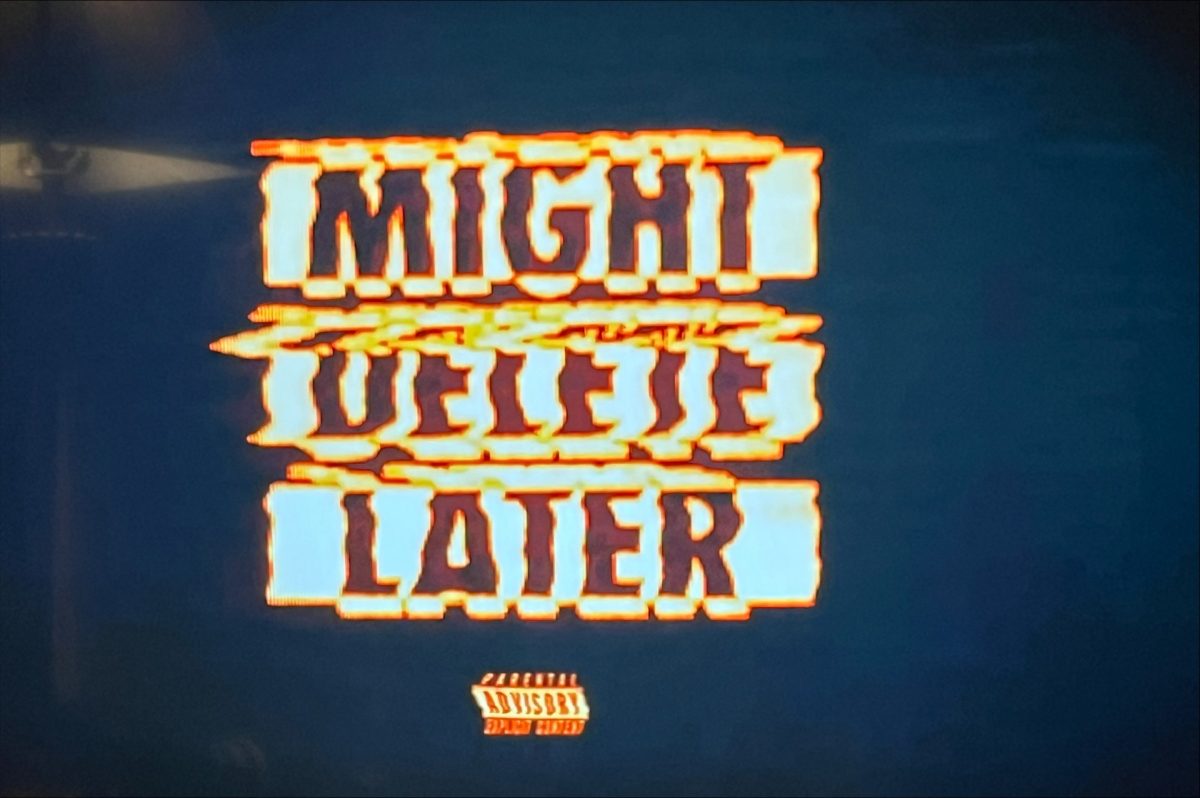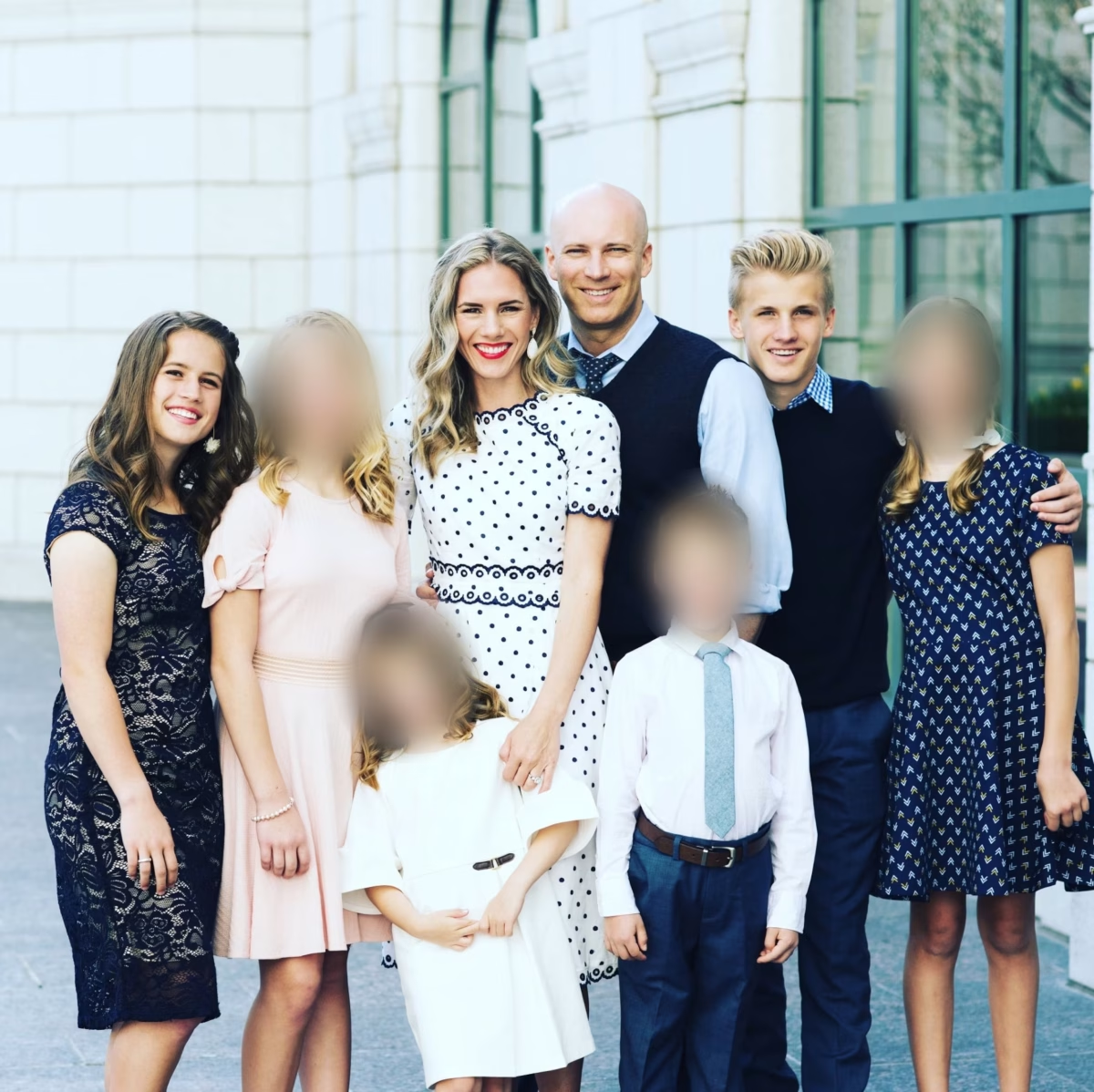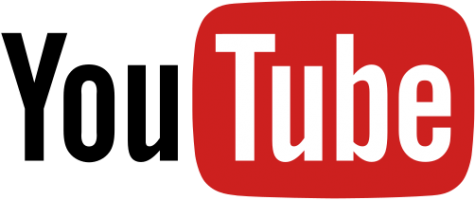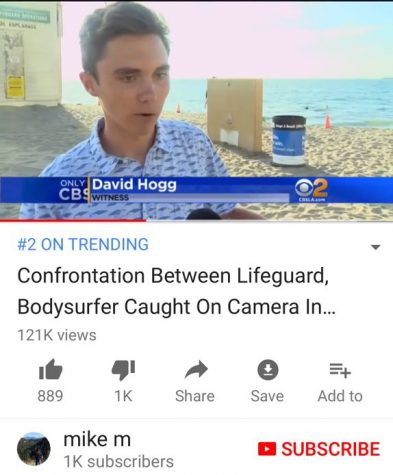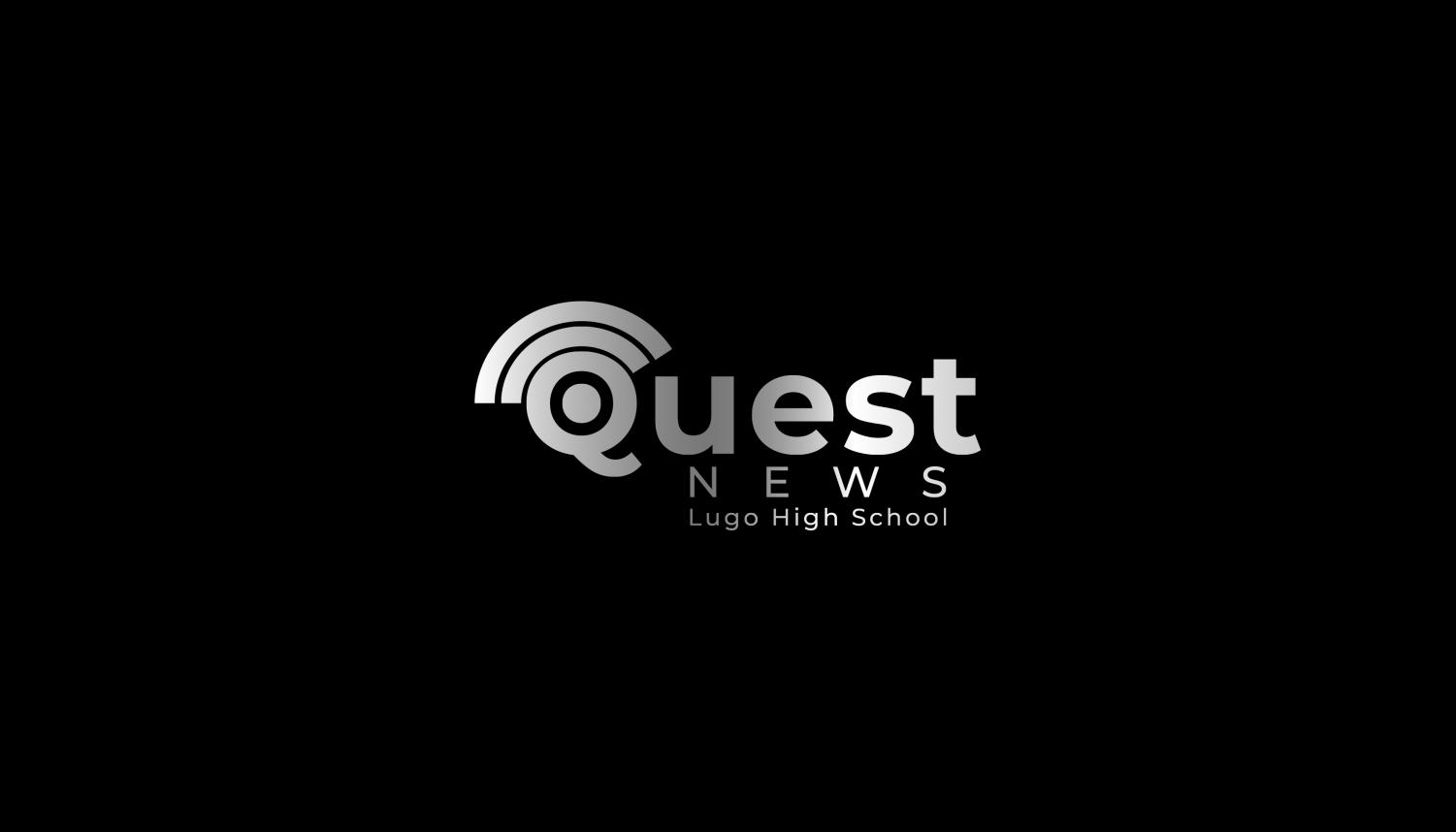New YouTube “restricted mode” blocks LGBTQ+ content: effects and how to deactivate
YouTube is using “restricted mode” in an attempt to censor any content that relates to the LBGTQ community. The company has since apologized, yet at the time of writing this, there has been no change. Many of the videos could be very important when coming to terms with their sexuality.
March 24, 2017
YouTube is using “restricted mode” in an attempt to censor any content that relates to the LBGTQ community. The YouTube algorithm uses the restricted mode to block anything that could be in any way potentially explicit or inappropriate. On the other hand, there are millions of videos that are restricted due to the fact that they are made by YouTubers of the LGBTQ community, regardless of whether they are “mature or inappropriate” or not.
Some of the restricted videos are some that can help a person come to terms with the world around them, or even help a person to reveal their true identity. “Coming-out videos” are a big deal, because each video is about a LGBTQ community member proving to the world that they are comfortable with themselves, hoping to show others that have suffered from bullying or lack of acceptance, that it is okay to be who they are and maybe even (in some cases) save lives. To my own credibility, if it weren’t for coming out videos, being comfortable with myself around others would be a difficult thing to do.
Since the outrage over the restricted mode began, the YouTube company has issued an apology saying, “The bottom line is that this feature isn’t working the way it should,” and added, “We’re sorry and we’re going to fix it.” Yet at the time of writing this story, no changes have been made, leading to more distrust from the community and a rebirth of the trending #youtubeisoverparty. Honestly, an apology doesn’t mean anything unless the person or company apologizing fixes the problem.
YouTube had gone on to add, “We truly appreciate the community helping to keep the YouTube community active and engaged on topics that matter to creators and YouTube fans alike.” Yet, it seems like the algorithm is trying to stop this from happening, and many users find it personally repulsive. To make the problem even worse the company had also added, “We design this feature to broadly restrict content across more mature topics.”
Gigi Gorgeous, a transgender YouTuber that gained popularity due to public transition, has commented on this saying, “In the end, it makes us, the LGBTQ community look bad, and I know that is not what they are trying to do, but that is what is happening.” Since young kids can be easily influenced, this issue is basically reinforcing the idea that being gay is “bad and unnatural.” This perception of LGBTQ individuals could cause these children to act hostile towards those individuals and judge their true nature.
There is an easy way that a user can turn off restricted mode on the computer. At the bottom of the YouTube screen there is a button that says “restricted mode” and if the user clicks on it, there is an option to turn it on and off. The button is a bit more complicated on mobile devices, the user has to go to settings, then the tab that says “general”, then there is an option to turn it on and off.
